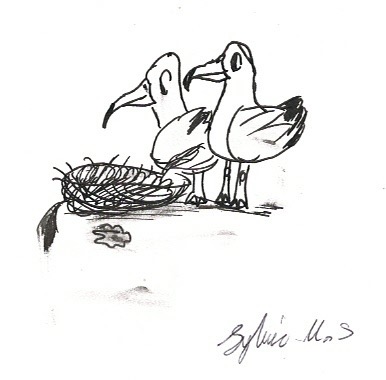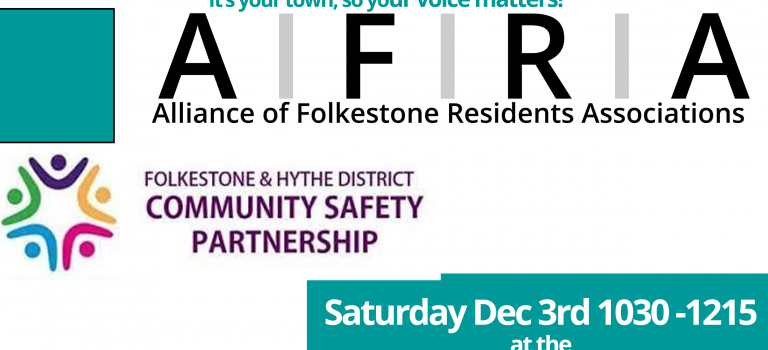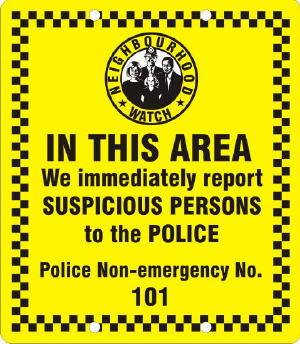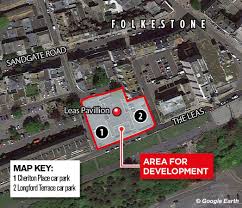For those who live with the daily stress of unwanted noise, disturbance or angry and violent behaviours on their doorstep, there is a very real impact upon the quality of life. No question about it.
The real question is what you can do about it. AFRA members have got together to look for opportunities to improve things, as far as possible.
Nobody is saying that we have found a perfect solution but one of the things that has made a difference is working in partnership.
Working with each other – from a range of political backgrounds and viewpoints – has been a good experience, because we share the love for our town, Folkestone, and we respect each others’ viewpoints or opinions – even where we disagree. By working with our partners at the District Council, the Police and a number of other local agencies, we’ve been able to influence some aspects of the work to help address local problems and support local residents – which is where we came in, of course.
This is a reminder – you may already know about this system – of the Community Trigger arrangement.
Full details can be found here – click for the link – but the gist of it is that if you report issues via this route, a picture builds up of repeated problems which then generate priority for action by the relevant bodies – police, environmental health etc.
Nothing’s perfect, but this seems a very good idea. Let us know if you use it and what your experience is like.






